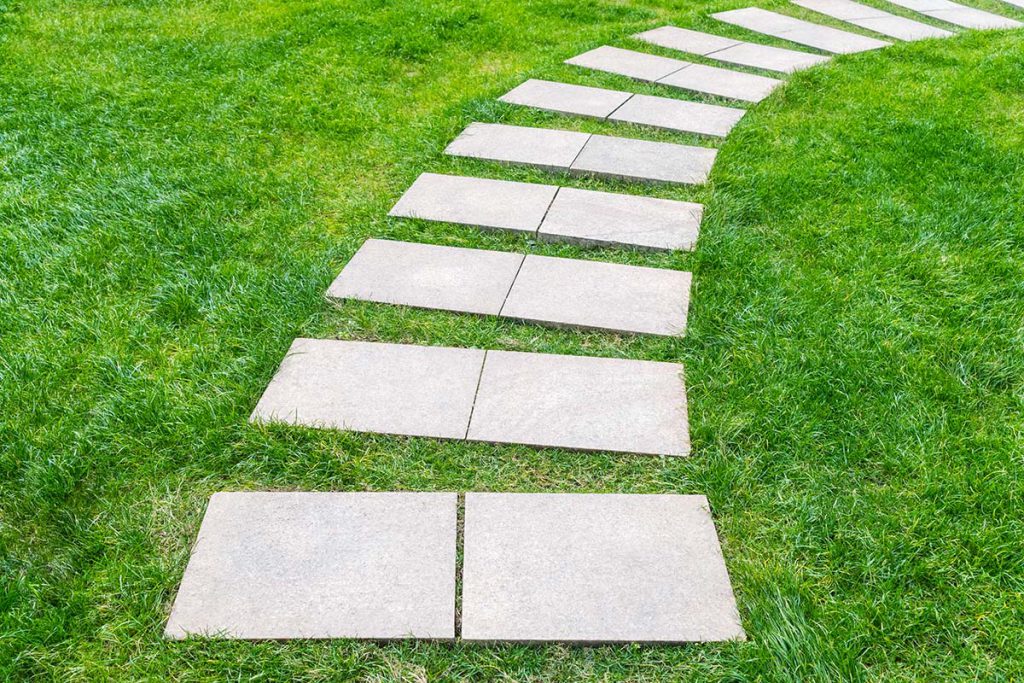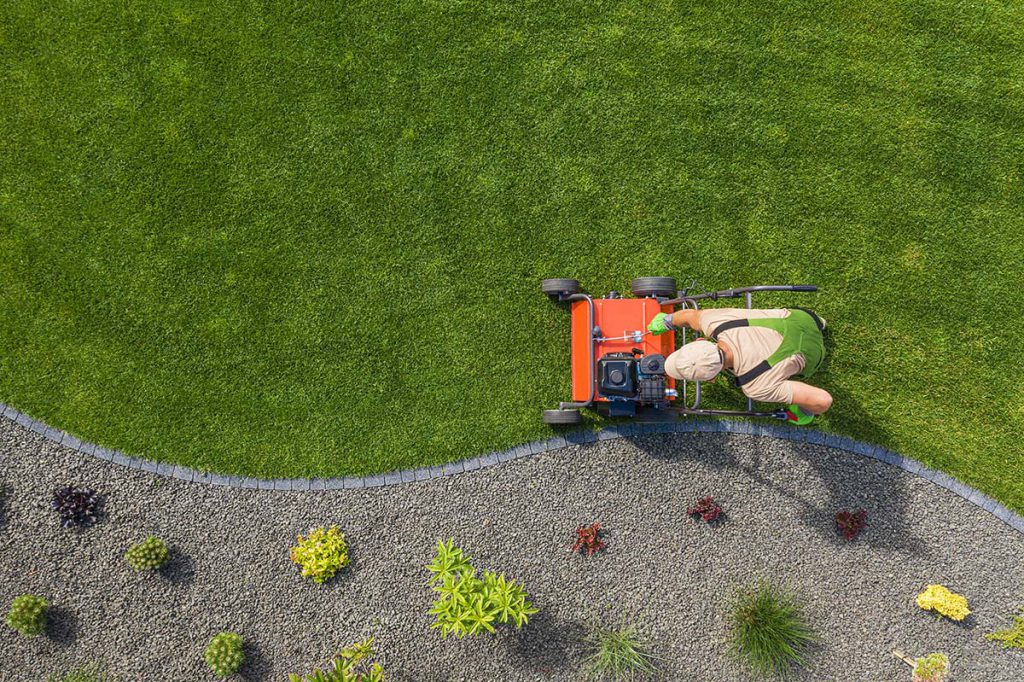One of the most common questions that pop up regarding garden maintenance, is: How many times should I fertilise my lawn? It is something you likely suspect that you need to do, whilst simultaneously worrying that it is something you don’t want to overdo as well! Finding the right balance is essential for keeping your lawn happy and healthy, and looking fantastic all year round.
You see, lawns require regular feeding, but with a top-quality lawn fertiliser in order to get the best possible results. Ideally, you want to fertilise your lawn at least three times a year; once in Spring, again in the Summer, and finally in Autumn. However, if that sounds like a little bit too much work for your liking and you only wish to fertilise once per year, then make sure you do it during the Springtime. In any case, the optimal amount is three times per year.
Here’s why using quality fertiliser three times a year is worth it:
- An average lawn should only take 10 mins to fertilise properly
- One application should last for up to three months
- A slow-release can ensure that you do not flood your soil or pollute any nearby bushland or waterways with excess runoff
And of course, if you would prefer not to get your hands dirty, there are plenty of local services that will take care of your lawn on your behalf. Simply contact your local Lawn supplies company and they will be able to direct you further.

How often should you use lawn feed?
The more well-fed the lawn, the healthier it is. This means that it will have a healthier root system that helps to combat hot weather, cold, long drought, consistent mowing, heavy foot traffic, and other traumas. Feeding once a year is certainly enough to improve its condition, however, if you want the best possible results, up to 3-4 times a year can yield wonderful results.

Can you over fertilize your lawn?
You absolutely can and this is something that you must be aware of before attempting to fertilise your lawn. The problem is, when you over fertilise a lawn, the salts from the fertiliser begin to build up in the soil which causes a drying effect. This then turns your grass yellow, and it begins to brown off and die. This is called ‘fertiliser burn’. Fertiliser burn doesn’t mean that it’s the end of the road for your lawn and that you’ll need to start again from scratch, however, it is something that you will want to avoid.
There are ways of helping your lawn to recover from fertiliser burn, but again, if you can avoid it entirely, you won’t need to worry about it. Here are some tips on how to prevent fertiliser burn:

Preventing fertiliser burn:
- Fertilise your lawn only according to its needs. Using more fertiliser in one go isn’t going to help your lawn, instead, it only runs the risk of killing it entirely
- Slow-release fertilisers tend to work best as they can release the salts slowly into the soil rather than all at once
- Composting is a safe alternative to fertilising if you are uncertain that you will get the measurements right
- Be mindful of fertilising during drought as your lawn will be much more susceptible to fertiliser burn
- Avoid fertilising a wet lawn and do not get fertiliser on wet leaves
- Water deeply once applying fertiliser to help the salts to distribute properly throughout the turf

How often should I water my lawn?
Aiming to water your lawn 2 or 3 times a week for an hour is superior to watering the lawn 6 times a week for 15 minutes at a time. The thing is, especially in Australia, you want to train your lawn to be more resistant to drought. By watering frequently and for short amounts of time, you will only make the lawn less tolerant to drought. However, watering deep and consistently but spread out a bit more is highly effective.
If your lawn is well-fed and maintained, then it is much more likely to survive dryer conditions. This is good to know if you have a particularly large lawn or if you live in a suburb that has regular water restrictions on sprinkler systems. If you do, however, live in an area that allows irrigation systems, then switch to that from hand watering your garden. This can help you to automate the watering process and ensure that the lawn is definitely getting enough.
- Adjustable watering patterns to avoid hard surfaces (you don’t need to water your fence)
- Add a timer so that you do not forget to turn the tap off
Conclusion
Of course, how often you should feed your lawn really comes down to the type of grass that you have. There are many different varieties on the market that each has its own perks, features, and benefits. So, if you find yourself unsure, simply contact your local specialist. They will be able to talk you through your specific turf variety and how best to care for it. Or alternatively, if you are looking to upgrade your lawn and have a fresh lot of turf laid down, they can assist you. That way, you can opt for a grass variety that requires far less maintenance (if that is what you are looking for). Otherwise, there are other more demanding grass types that are indeed worth the extra effort that goes into maintaining it.

